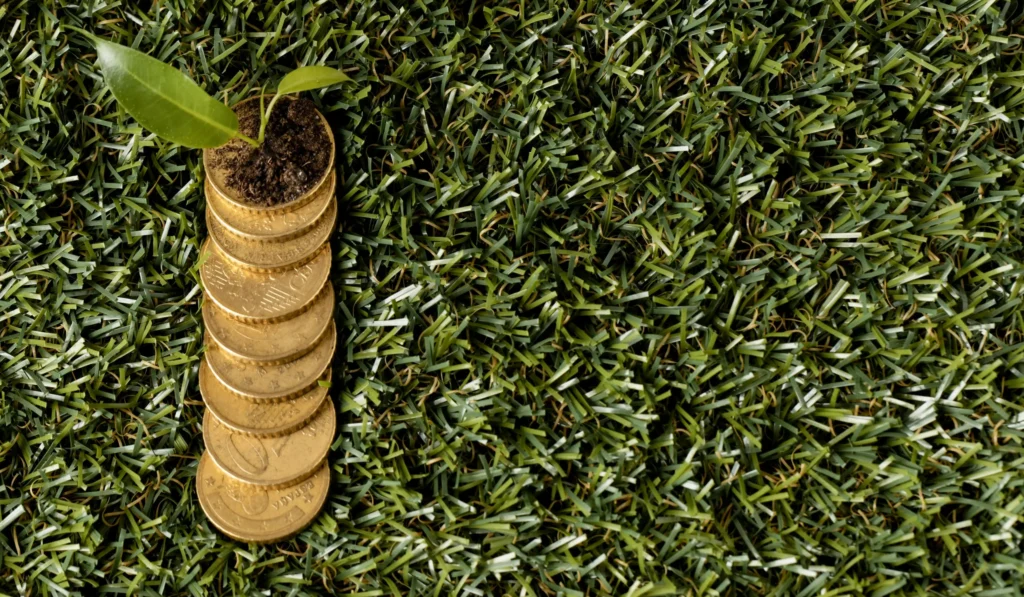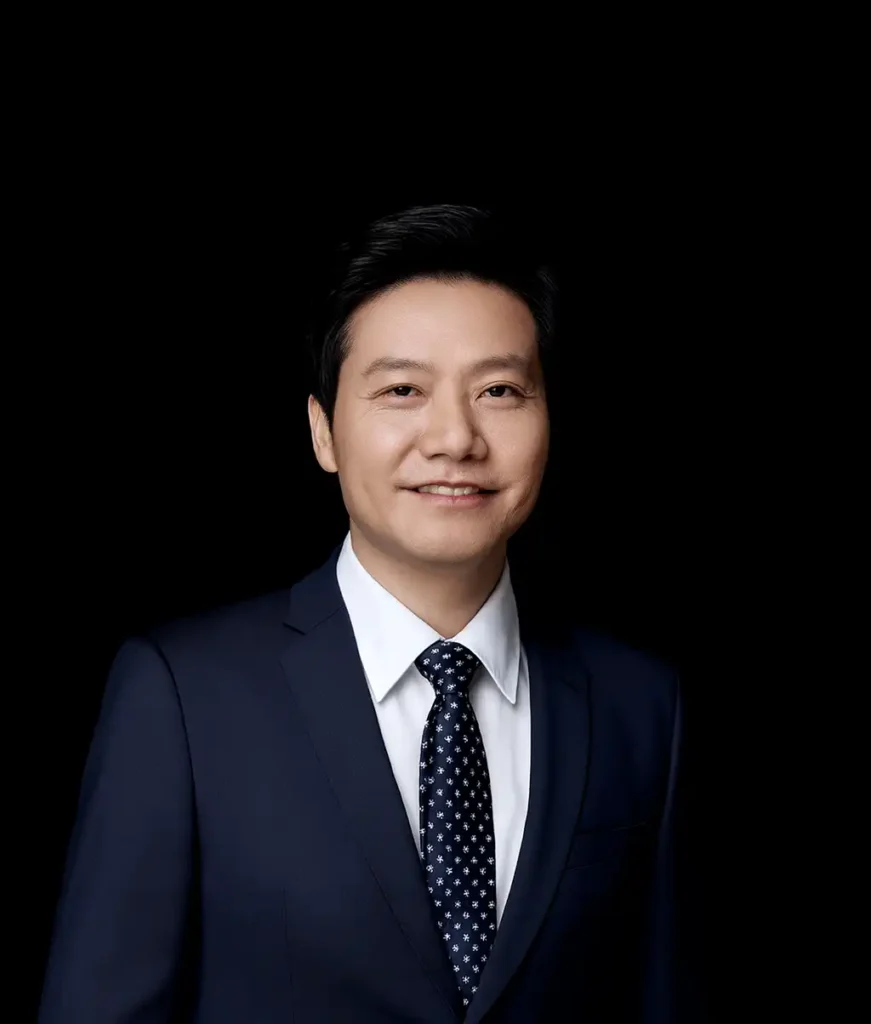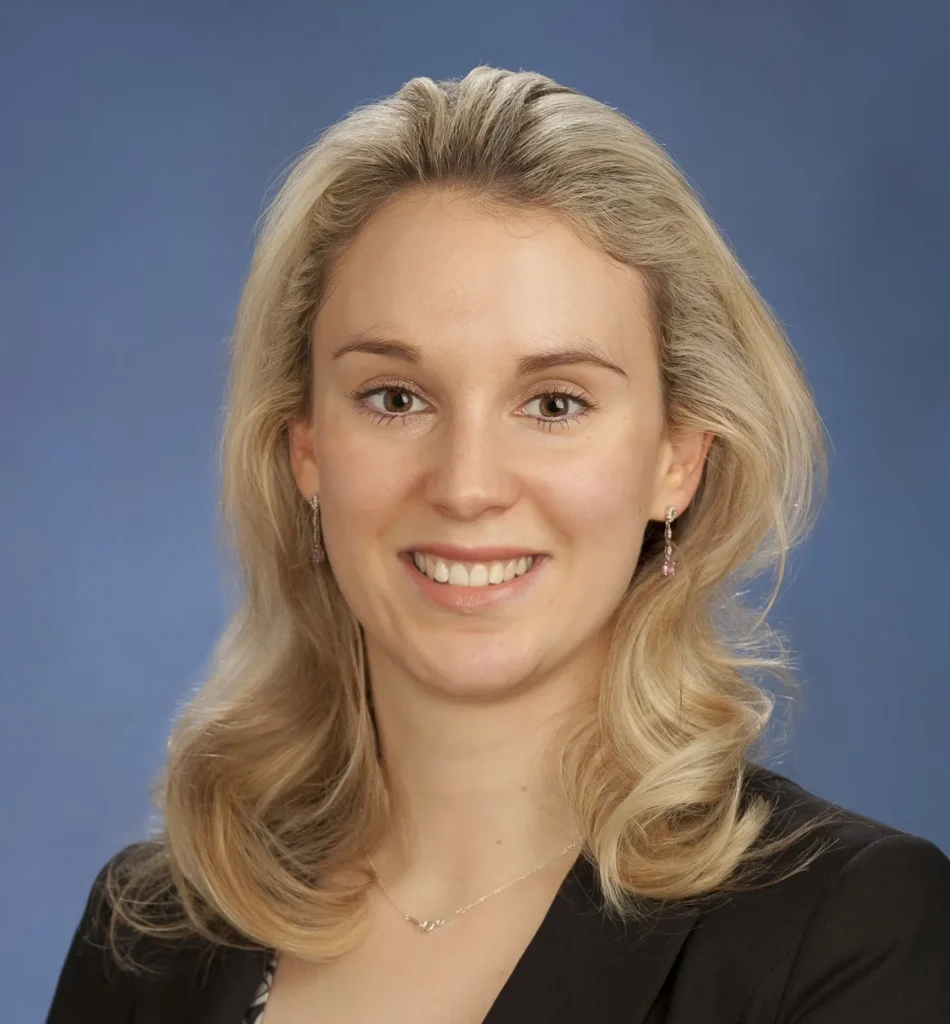The Human Canvas
Painting a Future Where AI Enhances Art, Education & Work
By Sidra Asif
Imagine a world where a teacher crafts lessons with an AI that knows each student’s strengths, an artist collaborates with algorithms to sculpt visions beyond human hands, and a professional navigates complex decisions with machine precision. This isn’t a sci-fi script, it’s the reality unfolding as artificial intelligence weaves into the fabric of our lives. The arts, education, and professional spheres are no longer static domains; they’re dynamic canvases where human creativity and machine intelligence dance. As we stand at this crossroads, the question isn’t whether AI will change us, but how we’ll harness it to amplify what makes us uniquely human.
The integration of AI into these fields sparks both excitement and unease. Can machines truly enhance creativity without diluting its soul? Will teachers and professionals become obsolete, or will they evolve into roles we can’t yet imagine? By blending innovation with the irreplaceable human touch, we’re redefining the future of human endeavor.
Arts, Education, and the Future of Human Creativity in the Age of AI
Creativity has always been humanity’s signature, a spark that turns blank pages into novels and empty canvases into masterpieces. Now, AI is stepping into the studio, offering tools that challenge our understanding of creation. Painters use generative algorithms to explore new forms, musicians compose with AI that mimics classical maestros, and writers brainstorm with language models that churn out ideas at lightning speed.
In education, AI tailors lessons to individual minds, analyzing data to predict struggles and suggest solutions faster than any human could. But here’s the twist: AI’s power lies in its ability to augment, not replace, human creativity. A sculptor might use AI to simulate materials, iterating designs that once took months, but it’s their lived experience, i.e, grief, joy, rebellion that infuses the work with meaning. In classrooms, AI frees teachers from grading papers, letting them focus on sparking curiosity and teaching students to question the world, including the algorithms shaping it.
The future of creativity hinges on this partnership, machines handle the mechanics, while humans supply the soul. This synergy isn’t without challenges. Artists worry about authenticity when an AI-generated piece wins acclaim, does it diminish human effort? Educators fear a digital divide, where only tech-savvy schools thrive. Yet, the solution lies in embracing AI as a tool, not a master. Art schools are teaching students to code alongside sketching, creating hybrid creators who blend bytes with brushstrokes.


In education, pilot programs show teachers using AI to design immersive projects, like virtual debates on historical events, that blend data with human insight. By 2035, expect a creative renaissance where AI amplifies human expression, not overshadows it, as long as we prioritize the emotional and cultural depth only humans can provide.
Teachers, Artists, and Professionals in the AI Era: Redefining Roles and Reimagining Futures
The roles of teachers, artists, and professionals are morphing as AI reshapes their landscapes. Teachers, once tethered to lesson plans and grade books, are becoming mentors of the digital age. AI platforms track student progress with precision, suggesting tailored exercises or flagging when a child needs extra support. This frees educators to focus on what machines can’t replicate, inspiring critical thinking, fostering empathy, and guiding students through ethical dilemmas in an AI-driven world. In progressive schools, teachers lead interdisciplinary projects that prepare students for a future where adaptability is king.
Artists, too, are redefining their craft. AI tools allow novices to experiment with professional-grade outputs, leveling the playing field. Seasoned creators, meanwhile, use algorithms to push boundaries, like a filmmaker generating surreal visuals that spark new storytelling techniques. The catch? Human oversight remains the differentiator. Galleries now showcase “AI-assisted” works, emphasizing the artist’s role in refining machine outputs. This shift celebrates the human journey, flaws, emotions, and all, over sterile perfection.
Professionals across fields face a similar evolution. Lawyers use AI to sift through case law in seconds, doctors diagnose with predictive models, and marketers optimize campaigns with data-driven insights. But the heart of these roles lies in human judgment. A lawyer’s ethical reasoning, a doctor’s bedside manner, a marketer’s cultural savvy ,these are the intangibles AI can’t mimic. The future demands professionals who are tech-fluent yet deeply human, overseeing AI systems while honing skills like creative problem-solving and collaboration.
This redefinition isn’t seamless. Job displacement fears persist, especially for roles heavy on routine tasks. Yet, history shows humans adapt. Just as the industrial revolution birthed new professions, the AI era will spawn roles we can’t yet name (think AI ethicists or creativity coaches). Companies are already investing in “human-AI teams,” where professionals train algorithms on domain expertise, creating a feedback loop that enhances both. Governments and industries must support this transition with up-skilling programs, blending technical training with soft skills to ensure no one is left behind.
Crafting a Balanced Future
The promise of AI lies in its potential to elevate, not erase, human contributions. In education, it means empowering teachers to inspire, not just inform, using AI to personalize learning while fostering wisdom. In the arts, it’s about celebrating human authenticity, curating exhibitions that highlight the collaborative process, not just the final product. For professionals, it’s about augmentation over automation, leveraging AI for efficiency while preserving the intuition that drives innovation.


Safeguarding this future requires action. Schools must teach AI literacy alongside ethics, ensuring students question algorithms as much as they use them. Artists should lead cultural conversations, using AI to critique its own societal impact. Professionals need policies that promote transparency, ensuring AI serves humanity, not profit alone. By 2040, we could see a world where hybrid education models produce versatile thinkers, AI-assisted art redefines cultural value, and professions blend tech and empathy in ways we’re only beginning to imagine.
The challenge is balance. Over-rely on AI, and we risk hollowing out the human essence of these fields. Ignore it, and we fall behind in a world that’s already moving forward. The solution lays in intentional collaboration using AI as a partner, not a replacement. Teachers, artists, and professionals aren’t just adapting ,they’re leading the charge, proving that the human spirit remains the ultimate force in an AI-driven age.
As we navigate this transformation, let’s not fear the machine but embrace the opportunity to redefine what it means to create, teach, and work. The canvas is vast, and the human touch is still the boldest stroke.


